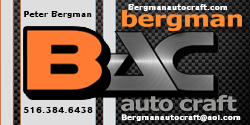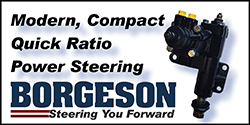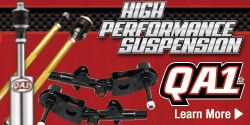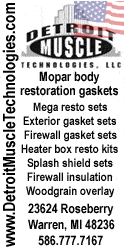We learned how to use angle finders and levels in our auto shop class in high school. Our shop teacher, James Lovett, was a retired Navy tech and Mercedes Benz tech. He was a really sharp old cat.No. You can CHECK an angle finder and level. I use an age old Ammco caster / camber gauge, but sometimes I use an angle finder. THE WAY YOU CHECK any level, ANY level, is, you set up a rigid test setup and you turn the level 180. EG if you are testing a simple carpenters level, you put it on a rigid, unmoveable table edge, and mark it, say, with masking tape so you can get it into the same position. You put it down, take a reading carefully, then turn the level 180. The bubble "if off" should travel to the same exact point, EG if it went to the right, one way, it should again go to the right, and to the same reading.
My beater old Ammco has a procedure right in the book to check and calibrate the bubble.
You can do the same on an angle finder, you just have to jig it up such that the test is repeatable.
I first learned how to handle levels in the Navy, working on Ground Controlled Approach (aircraft glide slope) RADAR. The FPN-36 QUAD radars we had were mounted with a pair of Starrett precision machinist's levels at 90* to each other, up on the top of the gearbox. You leveled the radar, and servoed the gearbox all the way around 180 to see if the firs level stayed put, then split the difference if not. You could waste a lot of time in the hot San Diego sun with these, but they HAD to be accurate.
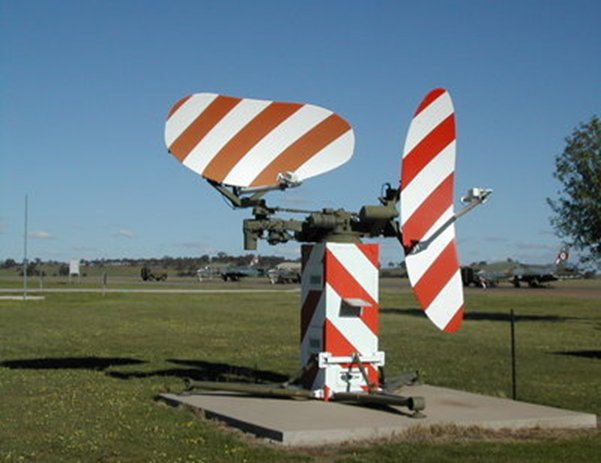
You are using an out of date browser. It may not display this or other websites correctly.
You should upgrade or use an alternative browser.
You should upgrade or use an alternative browser.
DIY Alignment made simple, easy and fast: Phone AP Gyraline
- Thread starter MV8
- Start date
-
Map63Vette
Well-Known Member
Believe me, I agree as that's how I've done my home alignments as well. I drilled holes in my floor so I could insert some poles to attach strings to whenever I want to do an alignment on my car as I thought that gave me the best chance at having a controlled environment. I tried making a set of the "smart strings" setup that hangs on a car with some tubing and 2x4s, and while it's possible to make it work, the setup time to get the fixture right can take as long as aligning the car, so drilling the holes made more sense to me."I" don't worry about it because I know what I'm doing. Soon as I get some stuff done and some things rearranged, I'm gonna do a how to on an at home alignment.
Right, but you can do the exact same thing with your phone to see if it's reading correctly as well. It's no different than an electronic angle finder. My point is more that any measurement device can have error, regardless of whether it's "mechanical" or "electrical". The procedure for using that app seems fairly aware of this as they have you constantly going back to the same reference point between measurements to make sure you are taking a relative measurement and not an absolute one. I do think they put some work and actual thought into the setup, but I also agree that mechanical gauges are nice because you can get a better feel for "how" it might be out of calibration.No. You can CHECK an angle finder and level. I use an age old Ammco caster / camber gauge, but sometimes I use an angle finder. THE WAY YOU CHECK any level, ANY level, is, you set up a rigid test setup and you turn the level 180. EG if you are testing a simple carpenters level, you put it on a rigid, unmoveable table edge, and mark it, say, with masking tape so you can get it into the same position. You put it down, take a reading carefully, then turn the level 180. The bubble "if off" should travel to the same exact point, EG if it went to the right, one way, it should again go to the right, and to the same reading.
My beater old Ammco has a procedure right in the book to check and calibrate the bubble.
You can do the same on an angle finder, you just have to jig it up such that the test is repeatable.
I first learned how to handle levels in the Navy, working on Ground Controlled Approach (aircraft glide slope) RADAR. The FPN-36 QUAD radars we had were mounted with a pair of Starrett precision machinist's levels at 90* to each other, up on the top of the gearbox. You leveled the radar, and servoed the gearbox all the way around 180 to see if the firs level stayed put, then split the difference if not. You could waste a lot of time in the hot San Diego sun with these, but they HAD to be accurate.

I just watched it again and yes they do. Watch it again.Yes, I did. And to double check, I just went and rewatched the whole thing and again, they don’t measure ANYTHING off the center cap.
I just watched it again and yes they do. Watch it again.

*sigh* ok, so I see I need to resort to screenshots… at the point where you’re saying they’re measuring off the center cap, they’re ACTUALLY measuring off that front wheel lip (which I highlighted in yellow), he just happens to be resting the tool against the center cap.I just watched it again and yes they do. Watch it again.
racerjoe
Well-Known Member
Hey, I feel attacked! LMAO!Then it’s not for those people. Same way that combs weren’t designed for bald people.

goldduster318
Overzealous Car Modifier
You can buy a rim clamp on Amazon for about $100, would take the error out of holding this and rocking, but at that point, just buy the toe plates and the bubble gauge. You pretty much need turn plates to be accurate with caster anyway.
I did my own alignment 10 years ago, came out pretty well, though potentially due to the specs (or maybe it changed slightly), I got some cupping and sawtooth on the inner tread blocks. Car drives nice.
I did my own alignment 10 years ago, came out pretty well, though potentially due to the specs (or maybe it changed slightly), I got some cupping and sawtooth on the inner tread blocks. Car drives nice.
-
Similar threads
- Replies
- 26
- Views
- 10K
- Replies
- 126
- Views
- 10K
- Replies
- 29
- Views
- 13K
- Replies
- 5
- Views
- 13K




